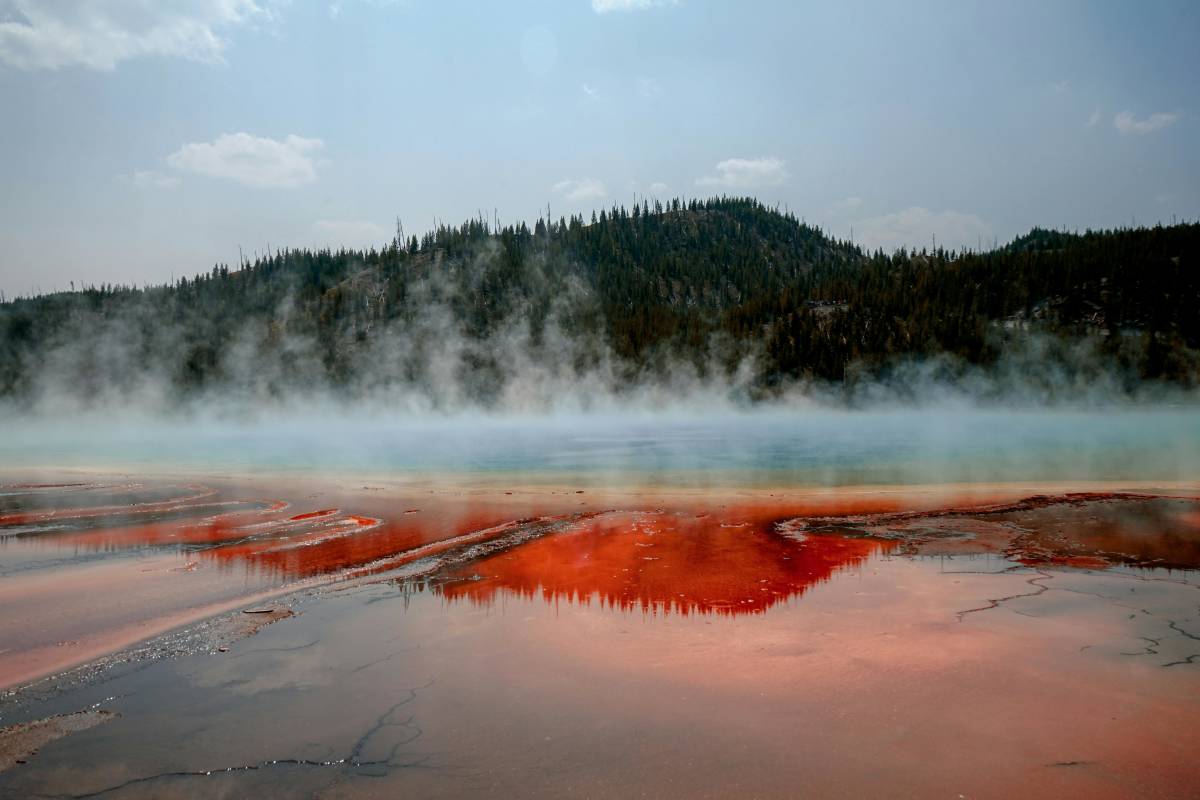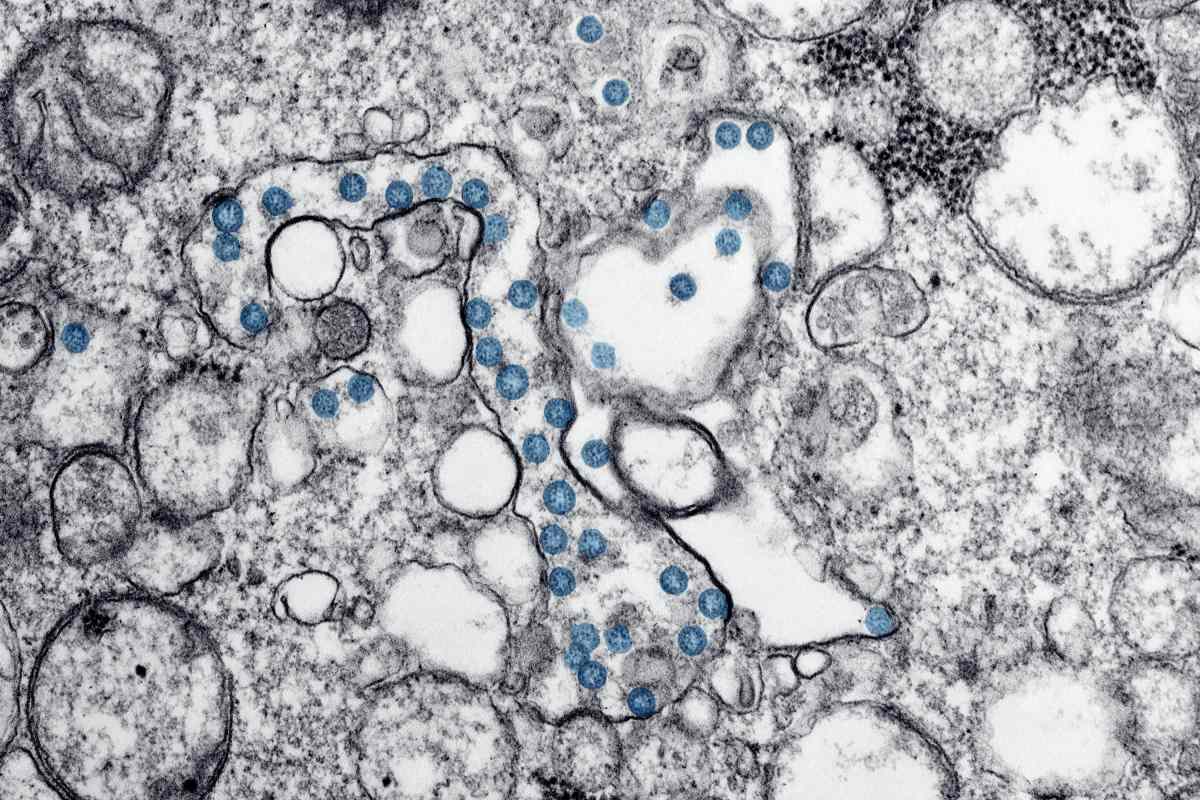Japan's hot springs reveal how Earth's organisms survived the 'Great Oxidation Event' 2.3 billion years ago: Study

A team from the Earth-Life Science Institute in Tokyo analyzed certain hot springs in Japan, and the insights shed light on a mysterious period on Earth. The details were published in the journal Microbes and Environment. The period in question is the transition phase Earth underwent when it suddenly had to account for a massive increase in oxygen. Researchers have long been confused about how organisms living on Earth before the Great Oxygenation Event (GOE) adapted to the changing circumstances. This study revealed some of the ways these organisms may have sustained in their new "present."

Hotsprings: window to the past
Researchers analyzed five particular hot springs in Japan for their evaluation, as they were naturally rich in iron and low in oxygen, according to Cosmos. This composition is necessary because experts speculate that something similar transpired in the earliest oceans of the world. Study's supervisor, Shawn McGlynn, claimed that these hot springs provided a unique opportunity to understand how microbial metabolism was facilitated in early Earth-like conditions that persisted from the late Archean to early Proterozoic transition. McGlynn also added that the early Proterozoic transition was triggered by GOE, which occurred 2.3 billion years ago.

"They help us understand how primitive microbial ecosystems may have been structured before the rise of plants, animals, or significant atmospheric oxygen," McGlynn shared. Insights from the hot springs helped researchers illuminate how life evolved on Earth, as well as the way life might exist in extraterrestrial sites with a low-oxygen atmosphere. Through their investigation into the hot springs, experts found that early microbes that lived during the GOE did not utilize sunlight. Instead, it was iron and oxygen traces that acted as their main energy source.
Changed circumstances
Before GOE, Earth's oxygen levels were a million times lower than those of today, according to Phys.org. There were no forests or animals, just organisms for whom oxygen was likely toxic. Before photosynthesis, these organisms were using one being's waste as another being's energy resource. Photosynthesis became a dominant force after the GOE event, likely triggered by the increasing numbers of green cyanobacteria. GOE remarkably increased the quantity of oxygen in the atmosphere. Cyanobacteria used sunlight to split water and later converted carbon dioxide into oxygen through photosynthesis. This resultant oxygen accumulated in the atmosphere.
Today, the atmosphere is composed of 78% nitrogen and 21% oxygen, with only traces of other gases, because of this phenomenon. These trace gases may have played a more prominent role before GOE. Besides that, GOE allowed several animals to thrive, as it was easier for them to breathe in oxygen. However, for the ancient organisms that lived before the event, the whole thing was sudden, and to sustain themselves, they needed to make some solid adaptations. The hot springs examined in the study were spread all across Japan. One was in Tokyo, and two were located in Akita and Aomori prefectures. All of them were rich in ferrous iron (Fe2+). They exhibited low levels of oxygen, along with a near-neutral pH.

Strategy of sustenance
In four of the five hot springs, the dominant microbes were microaerophilic iron-oxidizing bacteria. These organisms are known to survive in low-oxygen conditions and utilize ferrous iron as an energy source by converting it into ferric iron. Cyanobacteria also existed in the hot springs, but in relatively small numbers. The exception to the rule was one of the Akita hot springs, which contained more creatures with non-iron-based metabolisms. They used metagenomic analysis to collect 200 high-quality microbial genomes, which were then investigated to figure out how microbes live in such ecosystems, accounting for the oxygen that suddenly entered their habitat after GOE.
Further investigation revealed that microbes used iron and oxygen traces as an energy source, converting a compound that was toxic for them, in this case, oxygen. These creatures also maintained conditions in the environment, which allowed oxygen-sensitive anaerobes to survive. These groups facilitated crucial biological processes, like carbon and nitrogen cycling, and may also be involved in the partial sulfur cycle, as experts detected gene links with sulfide oxidation and sulfate assimilation. It was a surprising discovery as hot springs contain very little sulfur. It hints toward a cryptic sulfur cycle, about which experts still have a little idea.
The investigation shows that even amidst a lack of oxygen, these sites and possibly ancient oceans had complete biogeochemical cycles. The early ecosystem hosted diverse microbes, such as cyanobacteria, iron-oxidizing bacteria, and anaerobes. "This paper expands our understanding of microbial ecosystem function during a crucial period in Earth's history, the transition from an anoxic, iron-rich ocean to an oxygenated biosphere at the onset of the GOE. By understanding modern analog environments, we provide a detailed view of metabolic potentials and community composition relevant to early Earth's conditions," said Fatima Li-Hau, a co-author of the study.